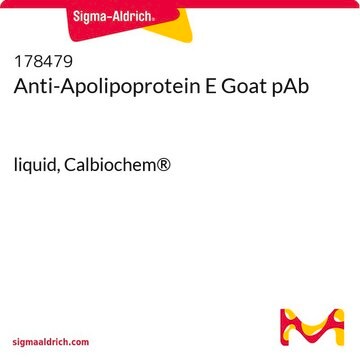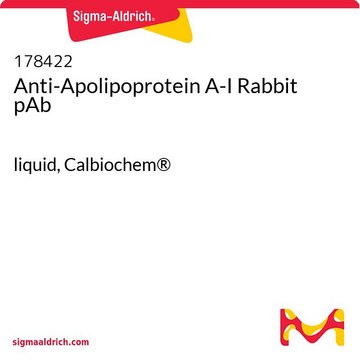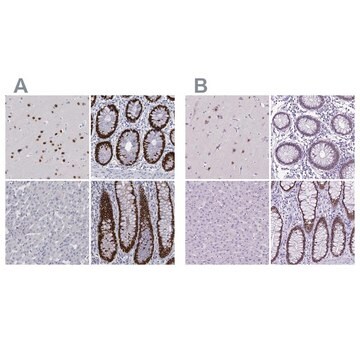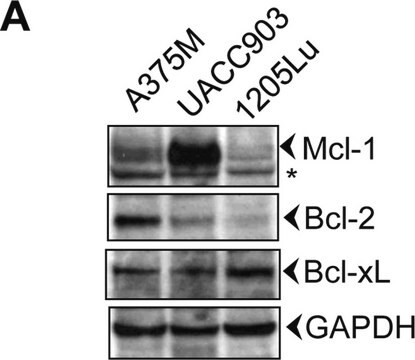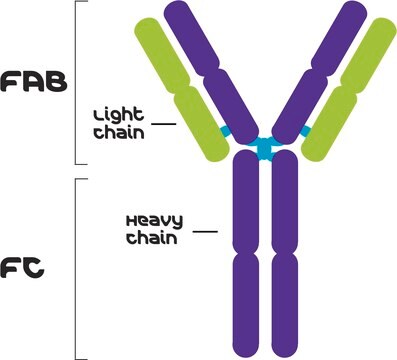178467
Anti-Apolipoprotein B Goat pAb
liquid, Calbiochem®
About This Item
Polecane produkty
pochodzenie biologiczne
goat
Poziom jakości
forma przeciwciała
diluted serum
rodzaj przeciwciała
primary antibodies
klon
polyclonal
Formularz
liquid
zawiera
≤0.1% sodium azide as preservative
reaktywność gatunkowa
human
producent / nazwa handlowa
Calbiochem®
warunki przechowywania
OK to freeze
avoid repeated freeze/thaw cycles
izotyp
IgG
Warunki transportu
wet ice
temp. przechowywania
−20°C
docelowa modyfikacja potranslacyjna
unmodified
Opis ogólny
Immunogen
Zastosowanie
Immunoelectrophoresis (see comments)
Immunoprecipitation (Becker titer, ≥21 mg/ml)
Opakowanie
Ostrzeżenie
Postać fizyczna
Rekonstytucja
Inne uwagi
Informacje prawne
Nie możesz znaleźć właściwego produktu?
Wypróbuj nasz Narzędzie selektora produktów.
Kod klasy składowania
10 - Combustible liquids
Klasa zagrożenia wodnego (WGK)
WGK 1
Temperatura zapłonu (°F)
Not applicable
Temperatura zapłonu (°C)
Not applicable
Certyfikaty analizy (CoA)
Poszukaj Certyfikaty analizy (CoA), wpisując numer partii/serii produktów. Numery serii i partii można znaleźć na etykiecie produktu po słowach „seria” lub „partia”.
Masz już ten produkt?
Dokumenty związane z niedawno zakupionymi produktami zostały zamieszczone w Bibliotece dokumentów.
Nasz zespół naukowców ma doświadczenie we wszystkich obszarach badań, w tym w naukach przyrodniczych, materiałoznawstwie, syntezie chemicznej, chromatografii, analityce i wielu innych dziedzinach.
Skontaktuj się z zespołem ds. pomocy technicznej